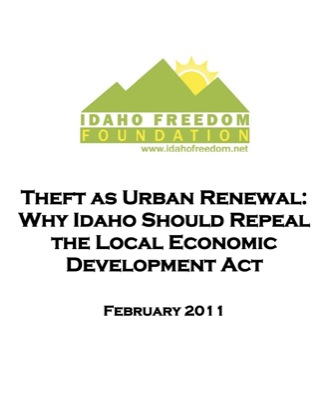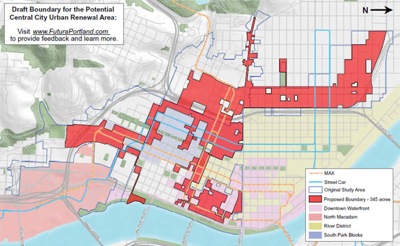Rahm Emanuel, the newly elected fiscally conservative mayor of Chicago, wants to “overhaul” that city’s tax-increment financing program, which he says “morphed from a tool for blighted economic communities into an all-purpose vehicle.” TIF was first used in Chicago by Mayor Harold Washington in the 1980s, whose goal was to help blighted neighborhoods.
Critics say that the second Mayor Daley, however, used TIF as a “private slush fund†to reward developers and punish disobedient aldermen. Chicago’s 180 TIF districts cover nearly a third of the city and siphon $500 million a year away from schools and other programs.









